29.05.2023
NVS-1 is the first in the second-generation navigation satellite series being launched into space onboard GSLV from Sriharikota.
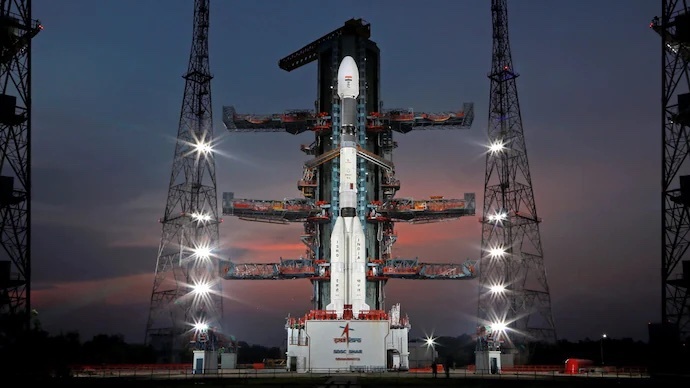
The 2,232-kilogram will launch onboard the Geosynchronous Satellite Launch Vehicle. (Photo: ISRO)
In Short
- NVS-1 is the first in the second-generation navigation satellite series
- The satellite is powered by two solar arrays
- The mission is expected to last 12 years
By India Today Science Desk: The Indian Space Research Organisation (Isro) will conduct the launch of its next-generation of navigational satellite NVS-1 on Monday. The spacecraft is part of the Navigation with Indian Constellation (NavIC) series, which aims to provide monitoring and navigational capability.
NVS-01 is the first of the second-generation satellites envisaged for the NavIC series to enhance the services and augment new features into the system.
"This series incorporates L1 band signals additionally to widen the services. For the first time, an indigenous atomic clock will be flown in NVS-01," Isro said in a release.
WHAT IS NAVIC?
The Navigation with Indian Constellation (NavIC) is a regional navigation satellite system developed by Isro that is a constellation of seven satellites in orbit that work in tandem with ground stations. The network provides navigational services to both general users and strategic users, namely the armed forces.
Also Read | Ligo begins fourth run to catch gravitational waves, unravel secrets of universe
The system was developed looking at the growing requirements of the Civil Aviation sector in the country for better positioning, navigation, and timing. The network covers an area including India and a region up to 1500 km beyond the Indian boundary.
It is used in terrestrial, aerial, and marine transportation, location-based services, personal mobility, resource monitoring, surveying and geodesy, scientific research, time dissemination and synchronization, and safety-of-life alert dissemination.
WHAT'S NEW ABOUT NVS-1?
According to ISRO, NVS-1 is the first in the second-generation navigation satellite series which will ensure the continuity of legacy NavIC services and also provide new services in Li band. The spacecraft has been built around the standard 1-2K Bus and is compatible with the launch requirements of GSLV.
Also Read | Navy's elite marine commandos to be part of Gaganyaan's post-landing recovery, training plan released
The satellite is powered by two solar arrays, capable of generating power up to 2.4 kW, and a Lithium-ion battery supporting payload and bus load during the eclipse. The satellite employs both passive and active thermal management, a unified bi-propellant propulsion system, and a three-axis body stabilized zero momentum system with reaction wheels.
The mission is expected to last 12 years and is being launched with an indigenously developed Rubidium atomic clock from Space Applications Centre, Ahmedabad. "It is an important technology that only a handful of countries possess," Isro added.
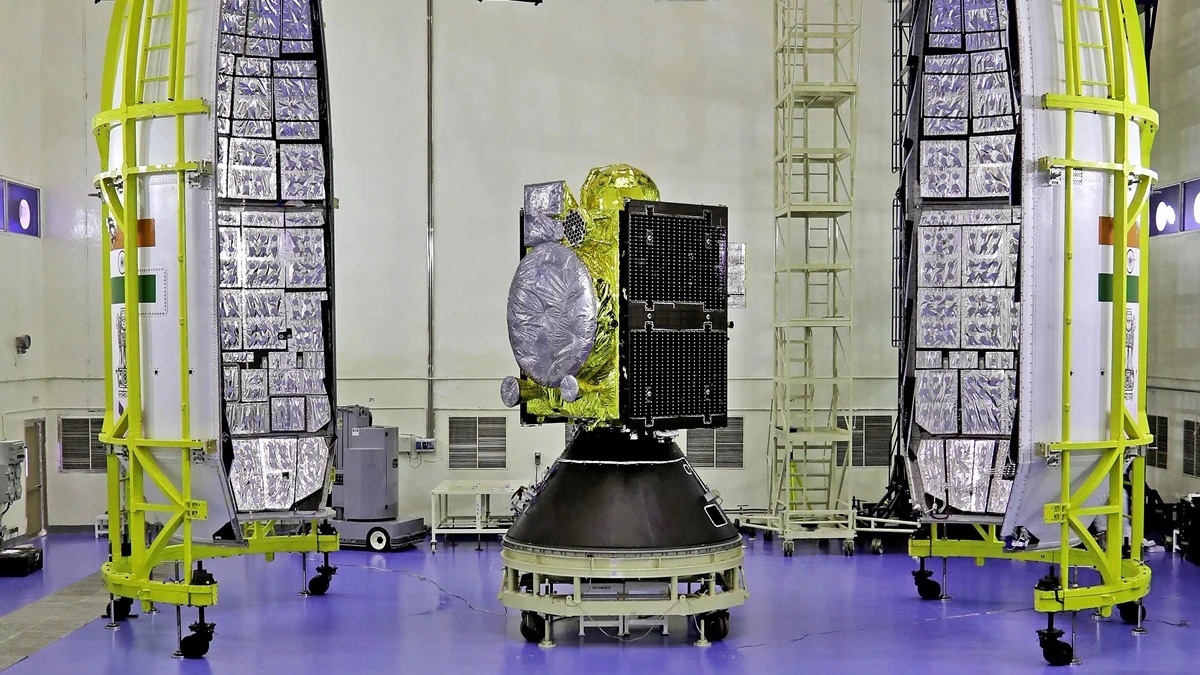
The spacecraft will be deployed in the Geosynchronous Transfer Orbit. (Photo: Isro)
The 2,232-kilogram will launch onboard the Geosynchronous Satellite Launch Vehicle (GSLV) from the second launch pad at the Satish Dhawan Space Centre in Sriharikota. NVS-1 will lift off at 10:42 am on Monday.
The spacecraft will be deployed in the Geosynchronous Transfer Orbit, after which the engineers will perform several orbit-raising maneuvers to push it into its desired orbit around the planet.
This will be the ninth flight for GSLV with the indigenous cryogenic stage as the 51.7 meters tall rocket launches with a 420-tonne of lift-off mass. The heavyweight rocket is expected to reach an apogee (highest point) of 36568 kilometers and the payload is expected to separate after 18 minutes of flight to space.
HOW TO WATCH GSLV-F12 NVS-1 NAVIC LAUNCH?
You can watch the live coverage of the NVS-1 mission from Sriharikot at India Today Science, as we bring you all the updates of the mission.
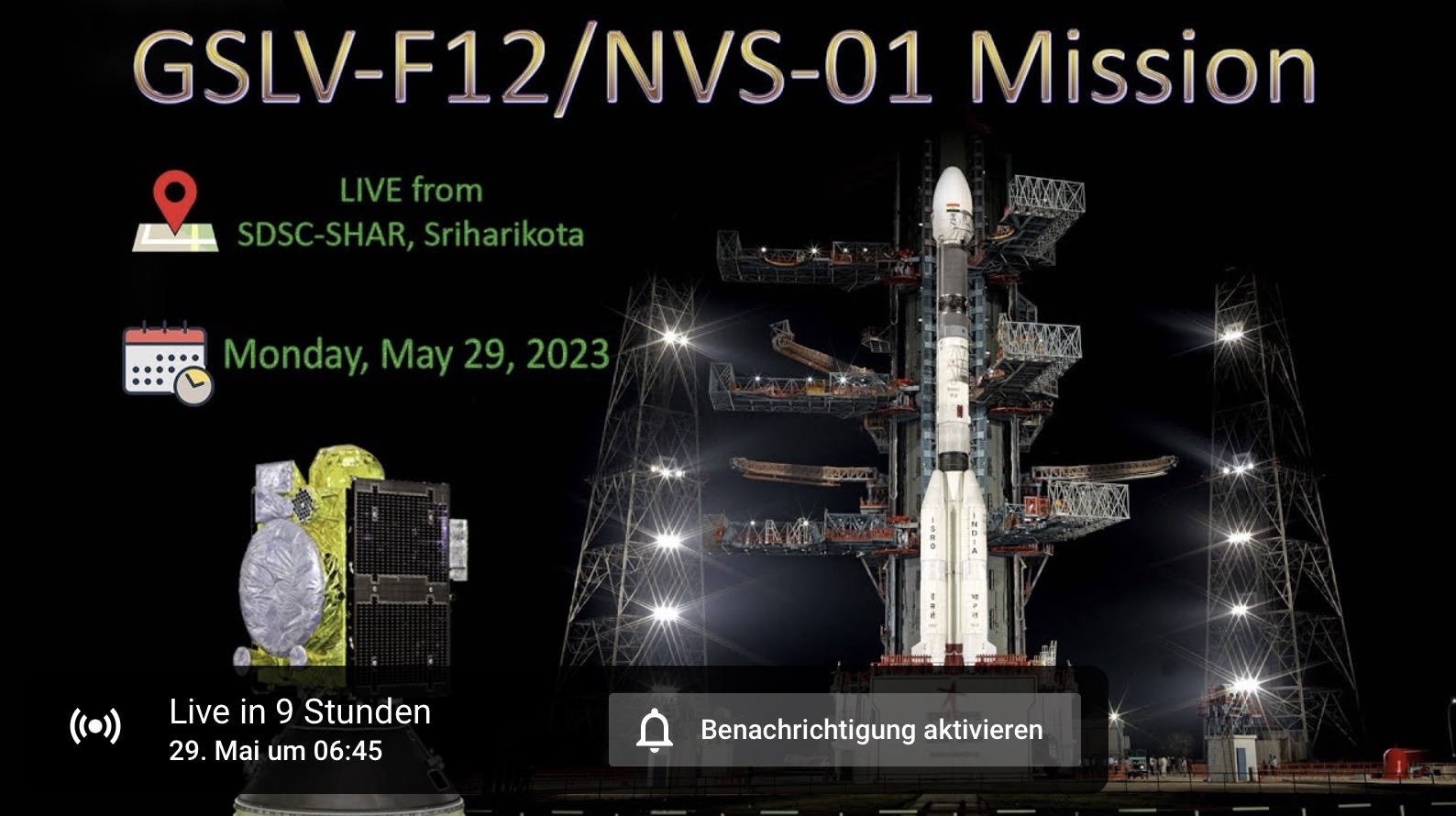
Quelle: INDIA TODAY
+++
Update: 29.05.2023
.
Launch of GSLV-F12/NVS-01 Mission
The launch of the GSLV-F12/NVS-01 mission is scheduled on Monday, May 29, 2023 at 10:42 hours IST from the second launch pad at SDSC-SHAR, Sriharikota. This Geosynchronous Satellite Launch Vehicle (GSLV) mission is designed to deploy the NVS-01 navigation satellite, weighing about 2232 kg, into a Geosynchronous Transfer Orbit. Subsequent orbit raising maneuvers will be used for taking the satellite to the intended orbit. NVS-01 is the first of the second-generation satellites envisaged for the Navigation with Indian Constellation (NavIC) services. NVS series of satellites will sustain and augment the NavIC with enhanced features. This series incorporates L1 band signals additionally to widen the services. For the first time, an indigenous atomic clock will be flown in NVS-01.
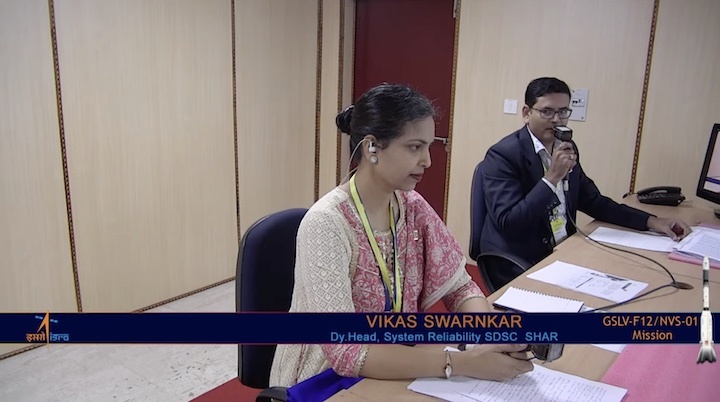
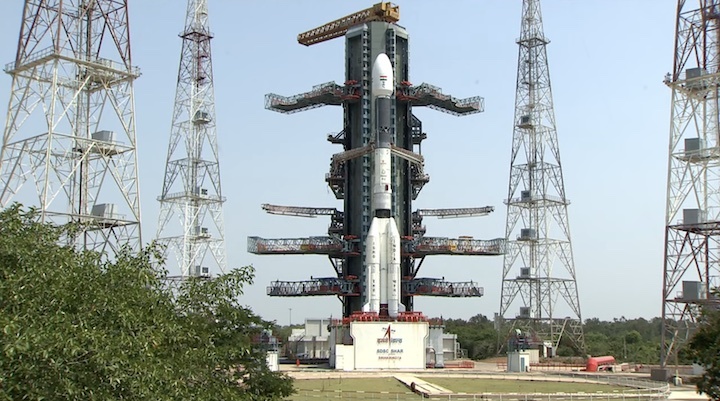
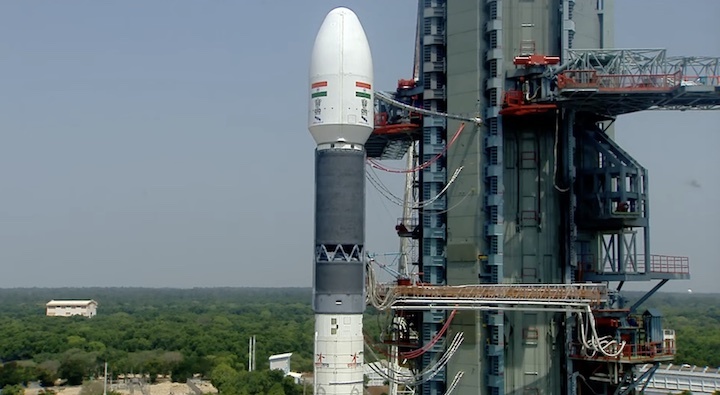
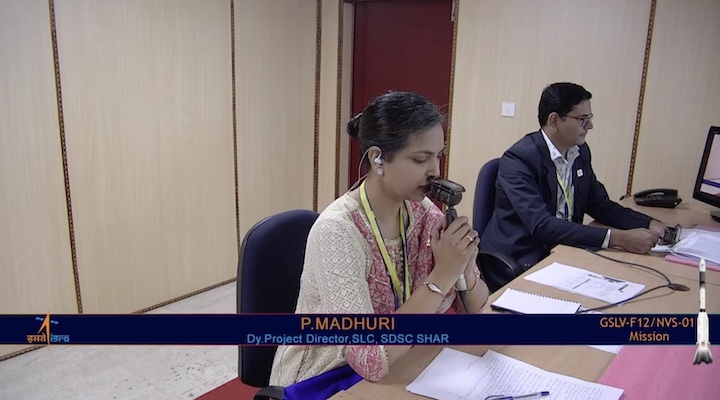

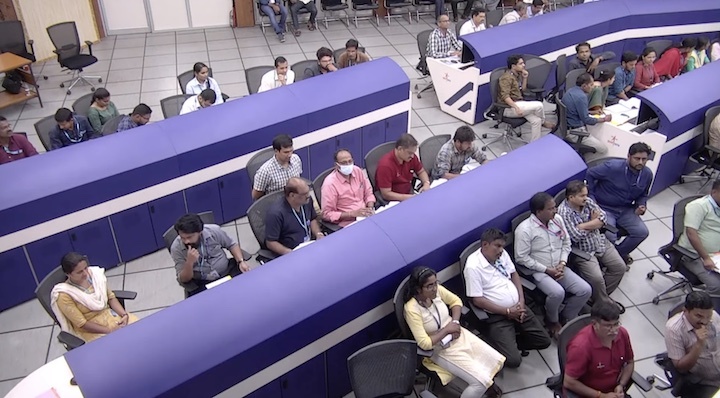
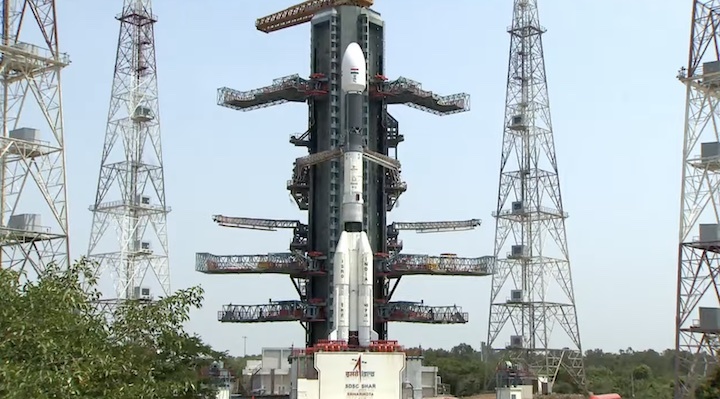
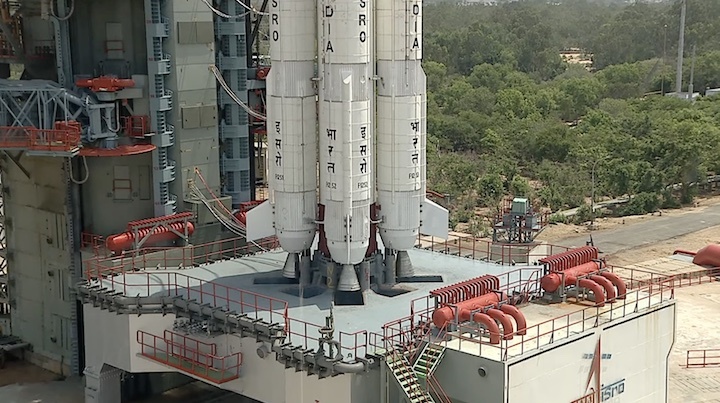
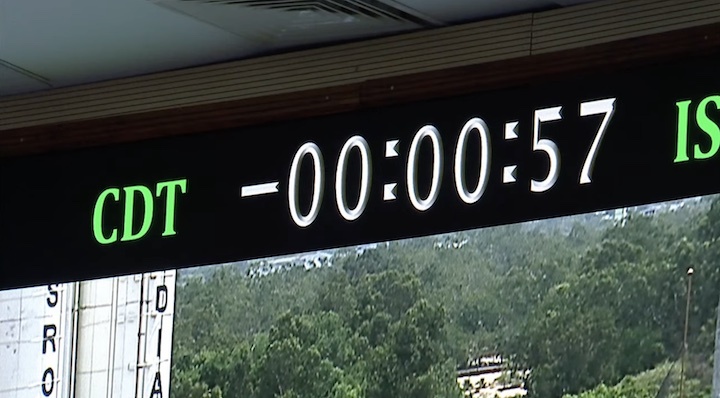
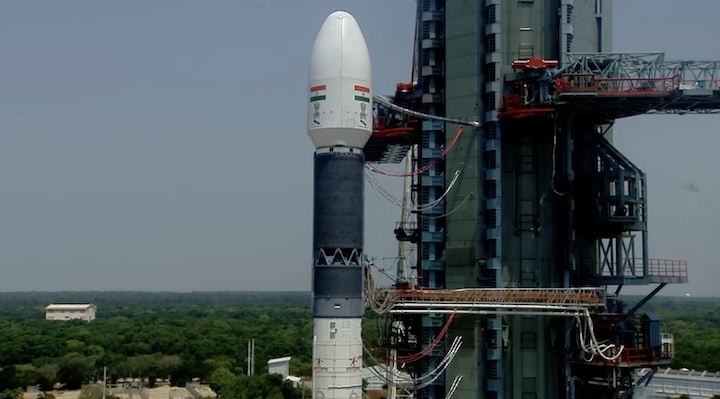
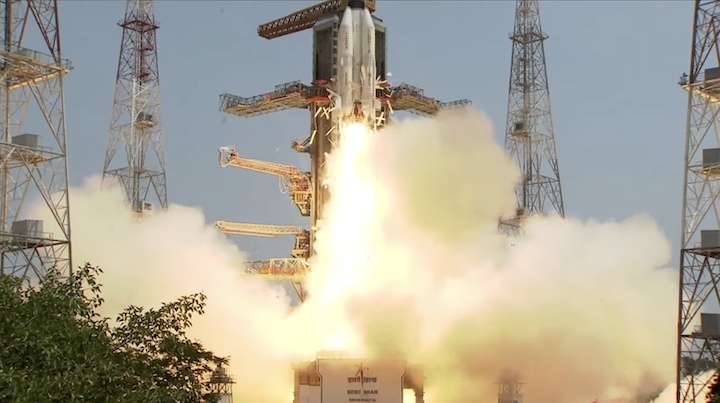
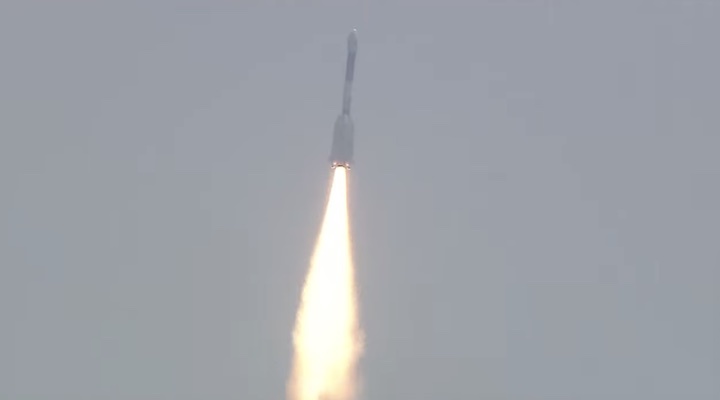
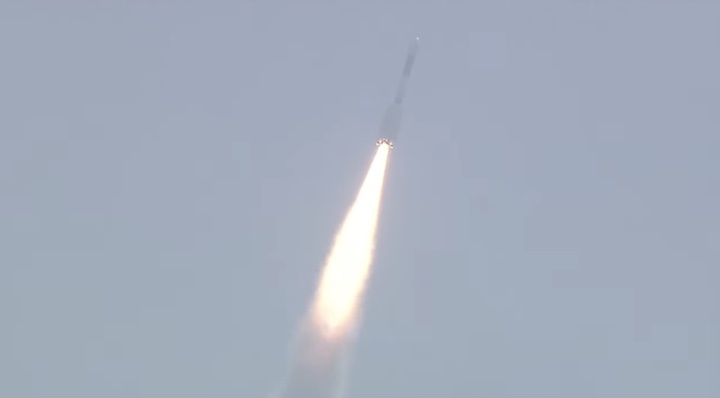
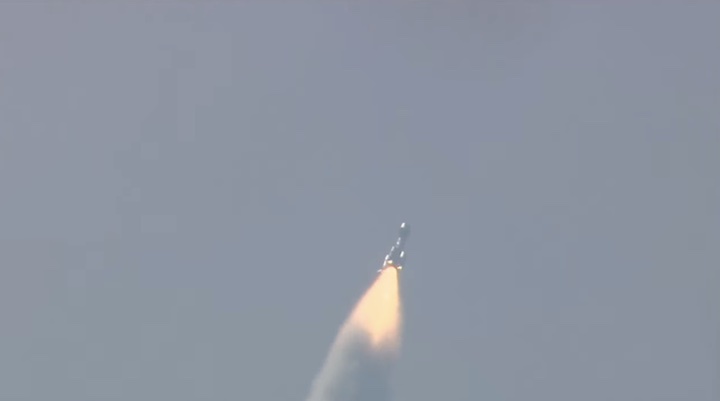
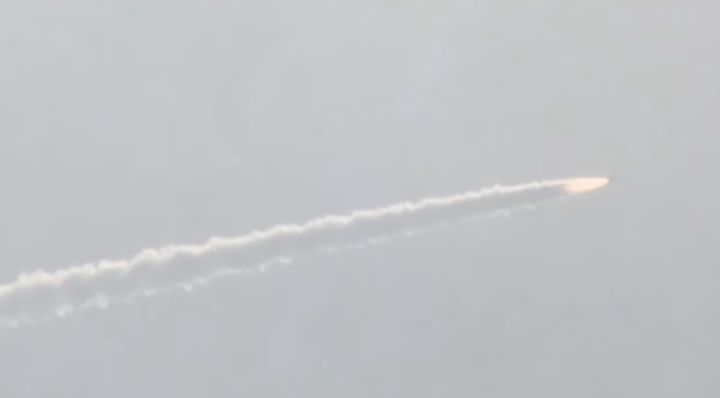
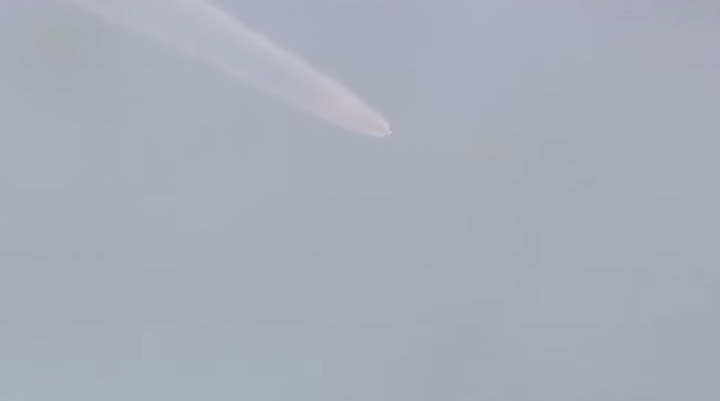
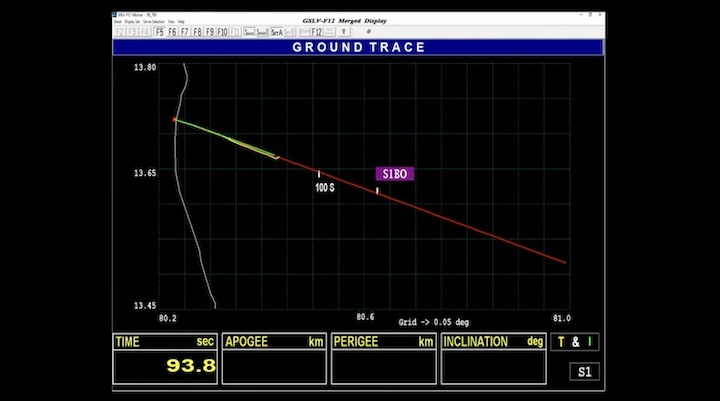

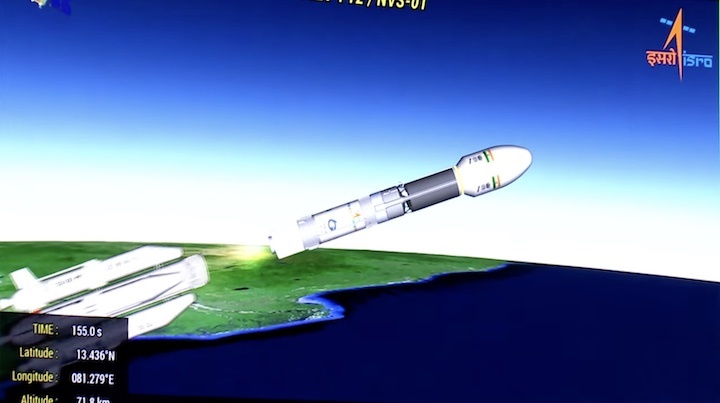
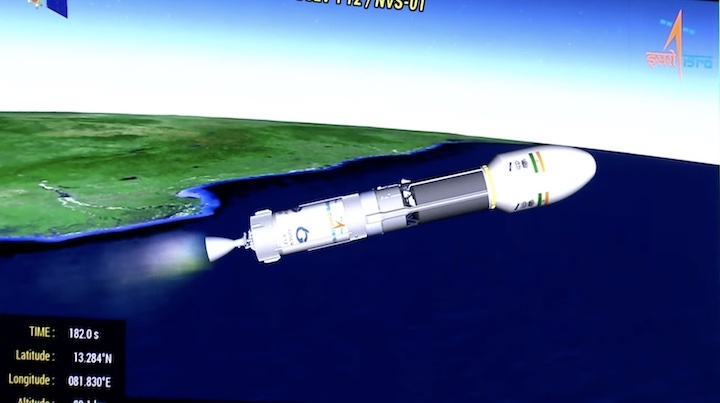
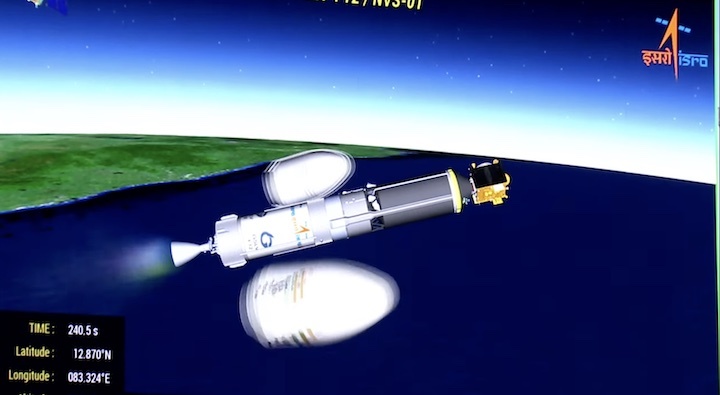
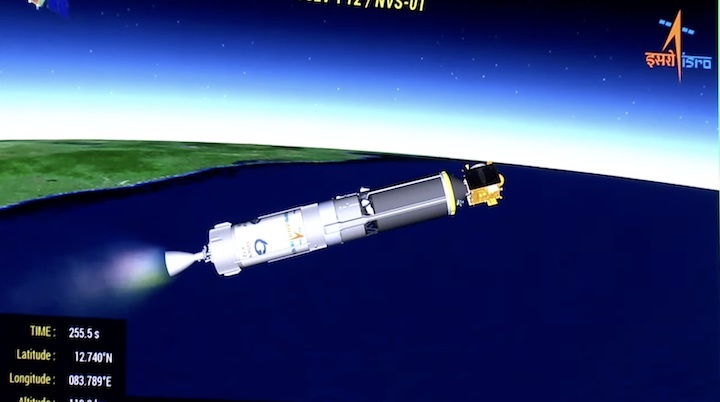
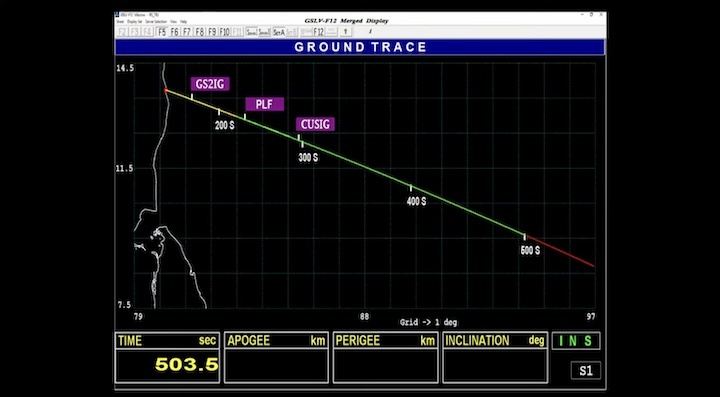
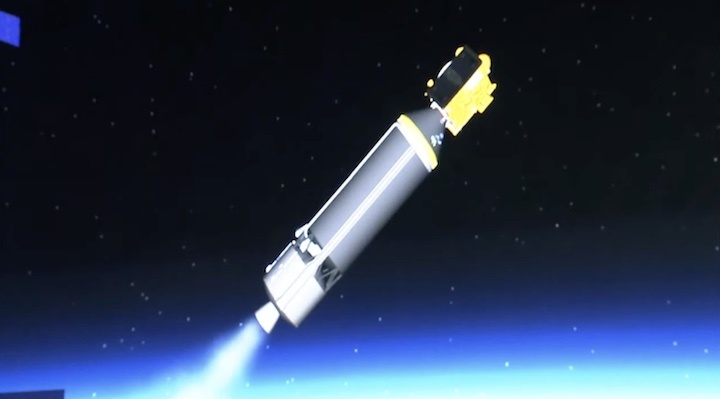
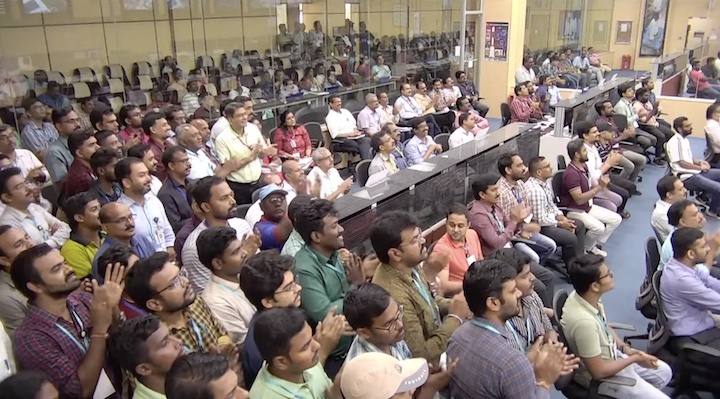
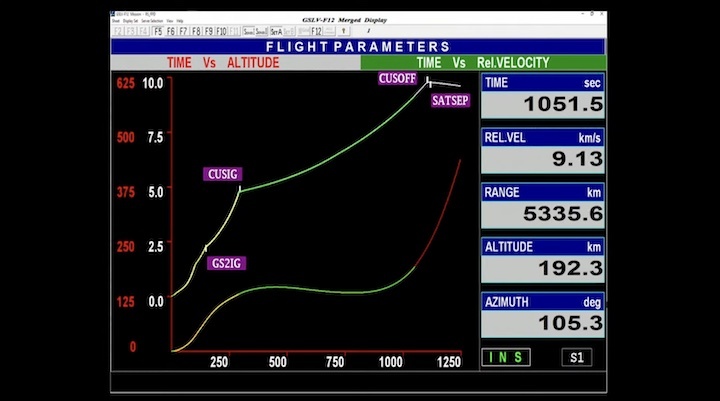
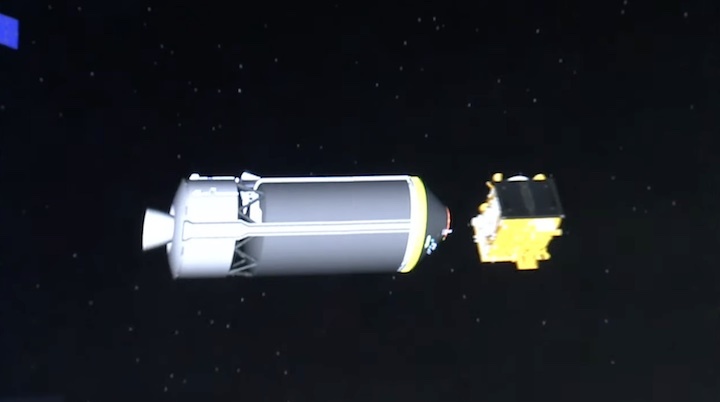
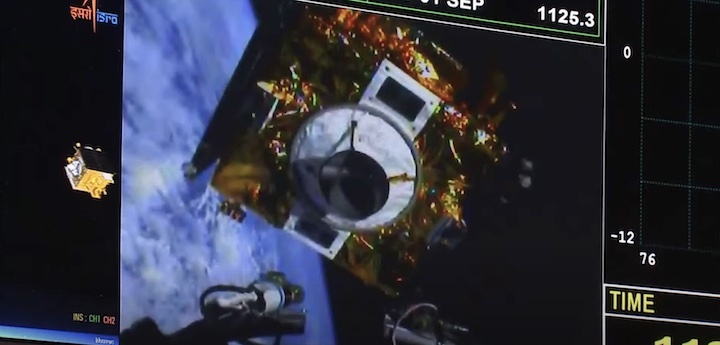
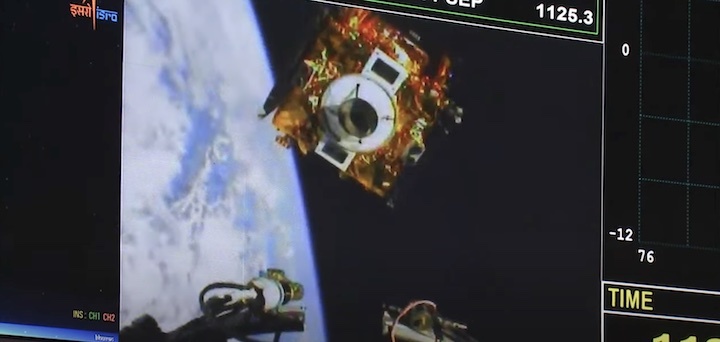
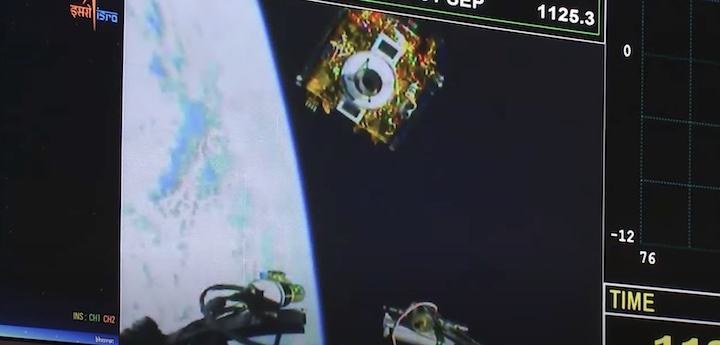
Quelle: ISRO

